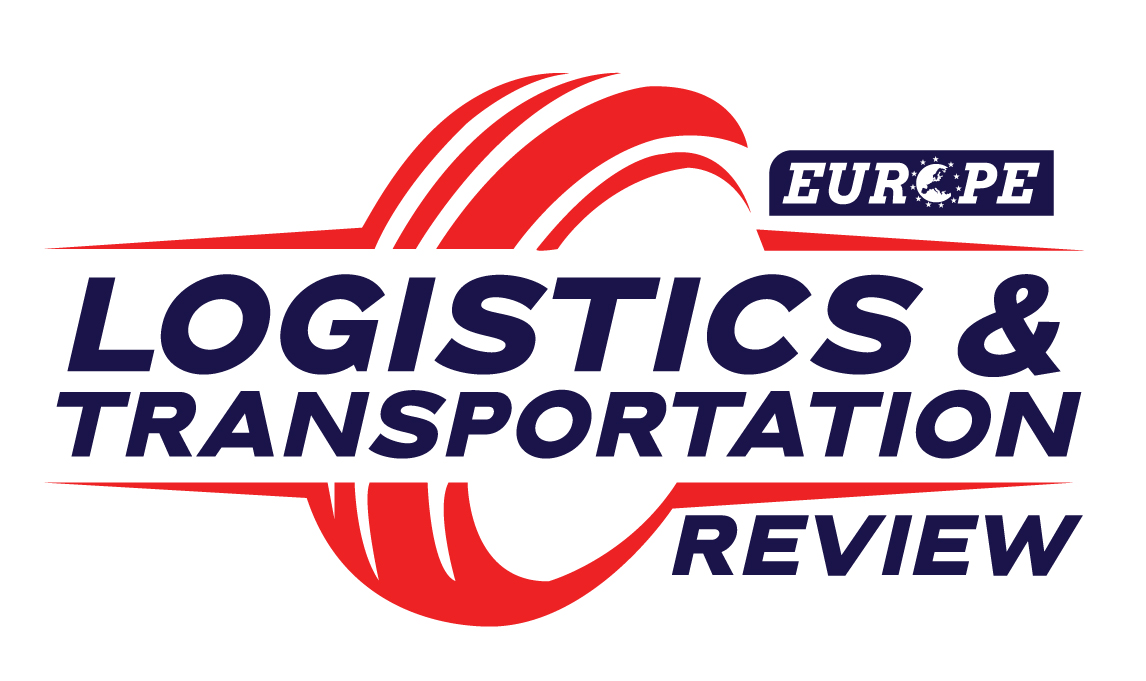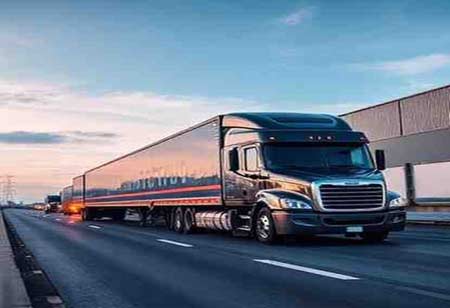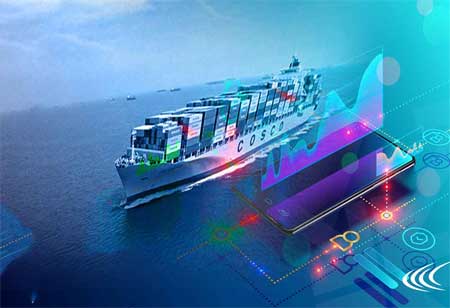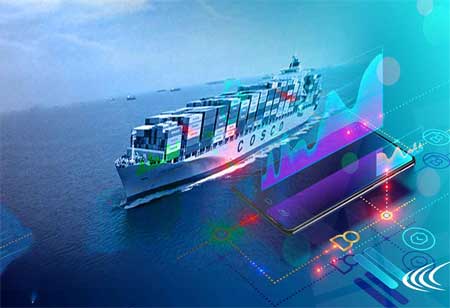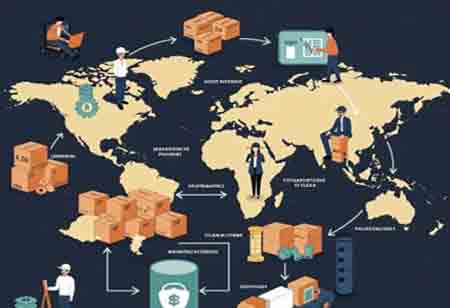Increased Utilization of Technology
One of the most significant trends impacting LTL and FTL transportation is the increased utilization of technology. Fleet management software, real-time tracking systems, and automation are widely adopted to enhance operational efficiency. For LTL carriers, technology enables better route planning and load optimization, thus reducing costs and transit times. On the FTL side, real-time tracking provides shippers with shipment updates, ensuring better transparency and communication.
Additionally, the rise of digital freight marketplaces simplifies matching shippers with carriers. These platforms provide a streamlined approach to booking and managing shipments, reducing the time and effort of coordinating logistics. AI and machine learning help logistics companies predict demand, optimizing fleet usage and pricing.
Sustainability and Environmental Considerations
The increasing focus on sustainability is a trend affecting LTL and FTL transportation. As consumers grow more environmentally conscious, businesses face pressure to minimize their carbon footprints. This shift has prompted logistics providers to explore greener practices, such as utilizing fuel-efficient vehicles, optimizing routes to minimize fuel consumption, and investing in alternative fuel sources.
Many carriers are adopting practices to reduce greenhouse gas emissions, such as improving load capacity and increasing intermodal transportation. LTL shipping, which consolidates shipments from multiple customers, inherently supports sustainability by maximizing truck utilization and minimizing empty miles. FTL providers also want to enhance their sustainability credentials by investing in cleaner technologies and collaborating with shippers to develop eco-friendly supply chain solutions.
Changes in Consumer Demand and E-commerce Growth
E-commerce has transformed the logistics landscape, affecting both LTL and FTL transportation. As online shopping surges, logistics providers must adapt to new consumer demands for faster and more flexible delivery options. With its capability to handle smaller shipments, LTL transportation has seen increased demand as businesses seek to manage inventory more effectively while providing quick delivery solutions.
Conversely, FTL transportation is not immune to these changes. As companies seek to control shipping costs while ensuring timely deliveries, many are shifting their focus to using FTL for large-volume shipments. E-commerce also drives seasonal peaks in demand, requiring carriers to be agile and prepared to manage fluctuations in shipping volume. Logistics companies offering flexible options, such as expedited shipping or tailored solutions for specific industries, are poised to thrive in this evolving marketplace.
